On Monday night, Ferguson, Mo., a St. Louis suburb of 21,000, has looked something like a war zone in television and online news coverage. Police decked out in riot gear. Tear gas billowing from the street pavement. Protesters chanting then fleeing as police fired rubber bullets to disperse them.
The catalyst was the police shooting on Saturday of an 18-year-old African-American man, and the fallout has left the nation transfixed by Ferguson. Here’s what we know — and don’t know — about what’s happening there.
The Michael Brown Shooting
One thing is certain: Michael Brown, 18, was fatally shot by Ferguson police officers on Saturday. His family has told the media that he was scheduled to start attending Vatterott College, a trade school with several Missouri campuses, this week.
Little else is agreed upon, though. A friend of Brown’s who was with him at the time of the shooting told MSNBC that a police officer told them to “get the fuck off the sidewalk” as they were walking down the street. An altercation ensued, Brown’s friend said, and the first shot was fired. Brown then attempted to flee the scene, according to the friend, but the police officer pursued and eventually fired multiple gunshots that killed Brown. The officer’s name has yet to be released, police say, because of “threats” made toward officers via social media.
#BREAKING #Ferguson police say they’re delaying the release of the officer’s name because of threats made towards officers on social media
— Ryan Dean (@RyanDeanKSDK) August 12, 2014
The New York Times reported the police’s version of events. Brown had assaulted the police officer and then been shot in a struggle for the officer’s firearm, the police said. That account was met with skepticism from community leaders, especially as the police acknowledged that Brown had been unarmed.
The police department and FBI have pledged a full investigation of the shooting.
Anger From The Community
That skepticism turned into public protests just 24 hours after the shooting. Protesters walked the streets of Ferguson with signs and T-shirts that bore messages like “No Justice” and “No Killercops in Our Community.” Hundreds attended a candlelight vigil on Sunday night. They chanted “Don’t shoot” and “We want answers” outside a police press conference, the Times reported.
But then, in this town that is two-thirds African-American but with a predominantly white police force, Sunday and Monday nights turned violent. There were reports of stores being looted and a gas station being set ablaze, according to the Washington Post. Rocks were allegedly thrown at police, and gunshots were reportedly fired.
On Monday night, tear gas was deployed to disperse the crowd and pictures appeared on social media of protesters who said they’d been shot with rubber bullets by the police. Five people were arrested, USA Today reported. Reporters in Ferguson captured a scene that was described even by the police as “a war zone” on Monday night.
Chaotic scene in #ferguson pic.twitter.com/PFmLpdGBv1
— Julie Bosman (@juliebosman) August 12, 2014
Several bystanders threw rocks at police in riot gear. Protesters shouting “don’t shoot!” At least 100 police on the scene #Ferguson
— Julie Bosman (@juliebosman) August 12, 2014
Crowd is singing “fuck the police” in unison. Have been rewarded with more tear gas #Ferguson
— Julie Bosman (@juliebosman) August 12, 2014
Police officer says area is “a war zone” and no one will be allowed through until morning. #Ferguson
— Julie Bosman (@juliebosman) August 12, 2014
At least 5 gunshots heard from #Ferguson neighborhood. People trapped here scatter and take cover. “Where are we supposed to hide?” one says
— Julie Bosman (@juliebosman) August 12, 2014
Police in riot gear shooting tear gas at residents. “Return to your homes.
Residents: “this is our home” #furgeson pic.twitter.com/u7g4YOMWtb
— Wesley Lowery (@WesleyLowery) August 12, 2014
Everyone I’ve talked to locally describes this as a breaking point, years of tension finally boiling over #Ferguson
— Wesley Lowery (@WesleyLowery) August 12, 2014
Two of the last remaining protestors, at W. Florissant and Highmont: Carl Union and Craig Ruffin #Ferguson pic.twitter.com/YaeM048mJf
— Wesley Lowery (@WesleyLowery) August 12, 2014
A National Response
These events of Ferguson have quickly taken the national stage. Attorney General Eric Holder has asked the Justice Department to “monitor” the situation, KMOX in St. Louis reported. Brown’s family has hired the same attorney who represented Trayvon Martin’s family during the closely watched trial with another gunned-down young African-American man.
Ferguson and Brown’s shooting are also reverberating culturally, particularly within the African-American community. NPR reported Monday on a hashtag, #IfTheyGunnedMeDown, that showed black Twitter users posting two contrasting images and the obvious implication of which one would be used if the user were killed in a police shooting.
This is a rhetorical question. And that makes me sad. #iftheygunnedmedown which picture would they use? pic.twitter.com/86UCAa4QHE
— Steve Marmel (@Marmel) August 10, 2014
#IfTheyGunnedMeDown what pic would the news use? pic.twitter.com/koAr6KQM9m
— Aayan (@Yung_PopEYE) August 11, 2014
#IfTheyGunnedMeDown would I be labeled an honor grad or a blunt smokah pic.twitter.com/BCaRqMCMn8
— (@TopFlightRod) August 11, 2014


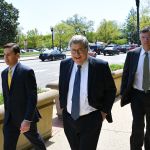


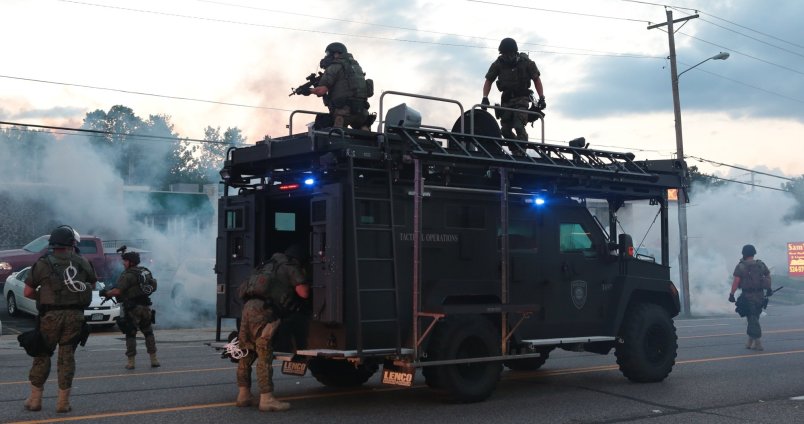
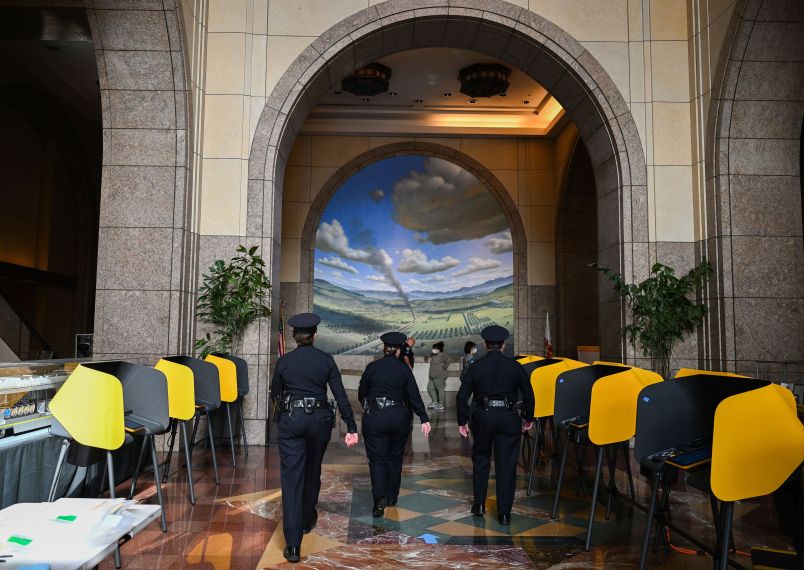
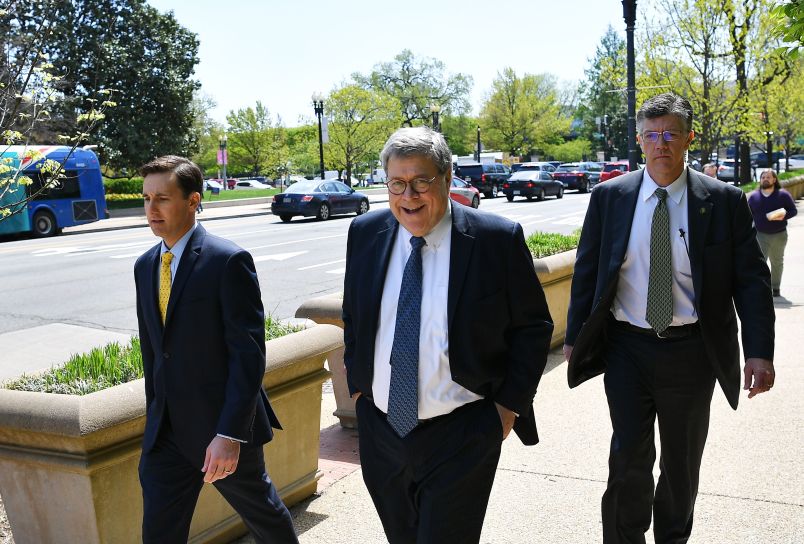
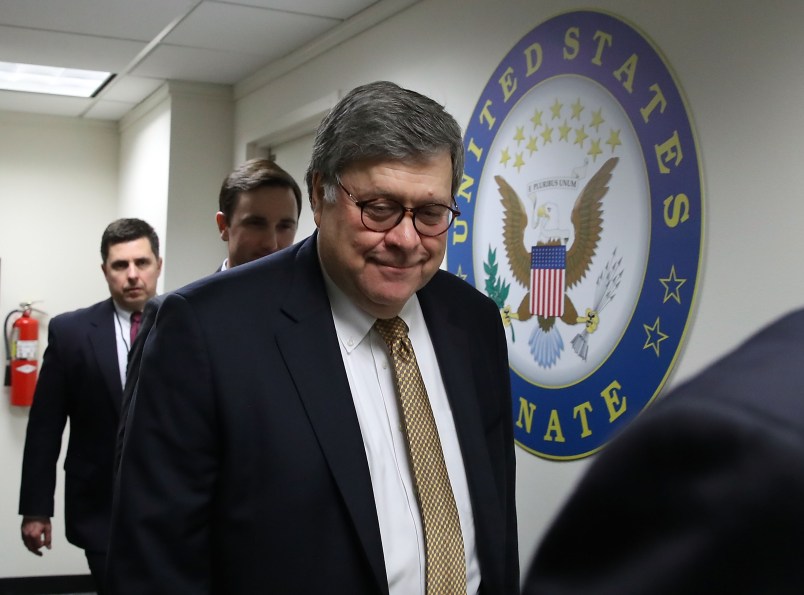
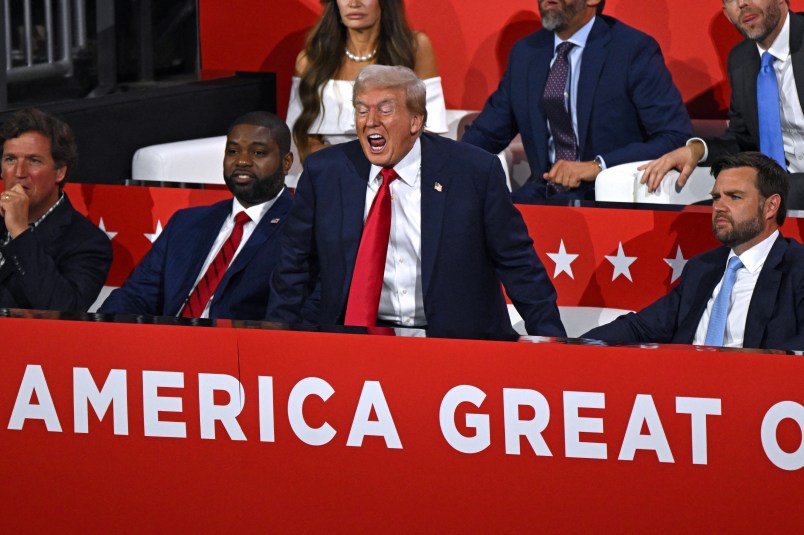
I think it’s telling that police organizations resist using the simple, relatively inexpensive video ‘Go Pro’ type technology to address questions of police accountability.
In places where this technology has been implemented there is an immediate and marked dropped in police abuse claims- which in turn increase public support and decrease the drain on city coffers through unnecessary litigation.
And yet police unions across the country fight tooth and nail to keep their actions hidden from public view.
The eyewitness (friend of the victim) says the cop told them, “get the f—k on the sidewalk,” not “off the sidewalk.”
“Why This Missouri Town Looks Like A War Zone After Black Teen’s Shooting”
The reason this town looks like a war zone is that we’ve condoned the militarization of police – ostensibly to protect us against terrorist attack, but we well know those troops and their military vehicles, weapons and tactics are intended to keep us in line when the shit hits the fan.
We all know which picture Faux Noise and the rest of the right wing media will use.
Yet, in many states, if you film cops making an arrest you can be arrested yourself and have your phone/camera confiscated, and those same police unions support that tactic wholeheartedly. Police claim to want accountability, apparently they don’t think the accountability should apply to them.